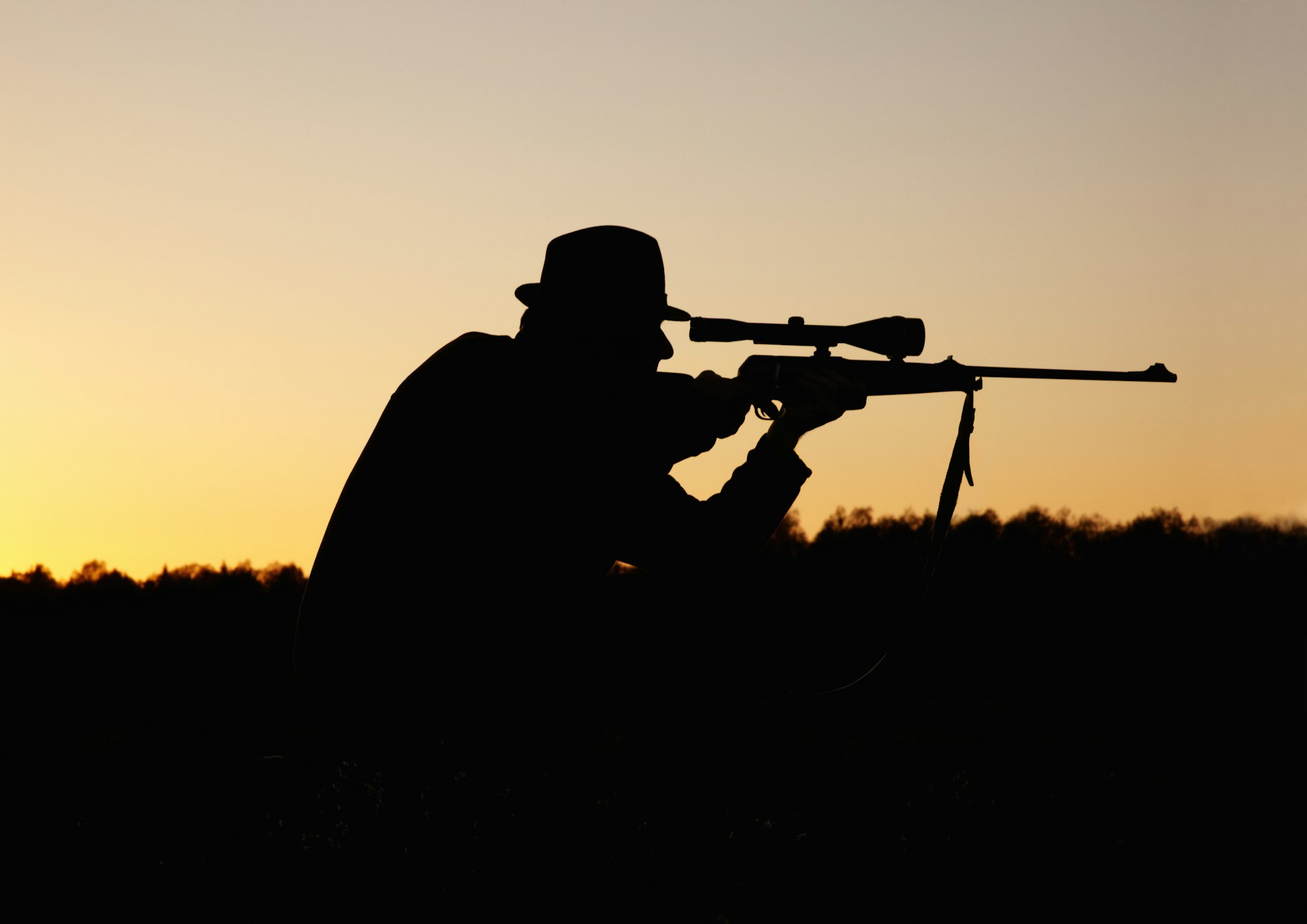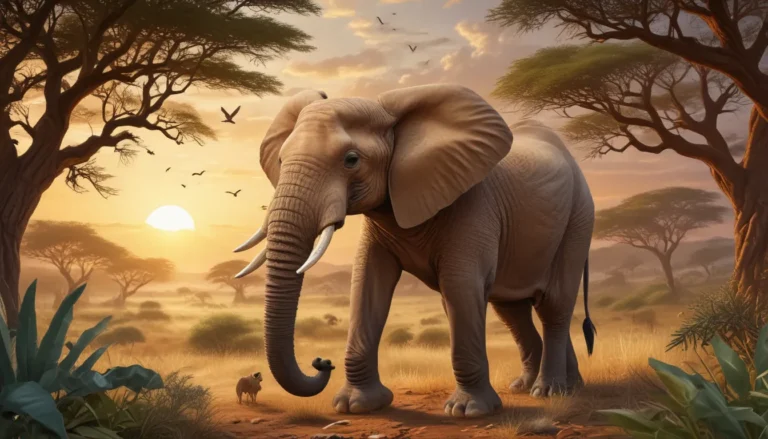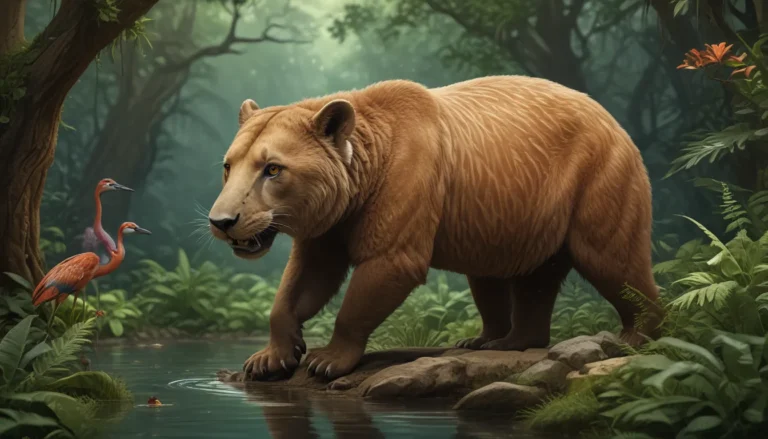The pictures we use in our articles might not show exactly what the words say. We choose these pictures to make you interested in reading more. The pictures work together with the words but don’t take their place. The words still tell you the important facts.
Hunting techniques have been an integral part of human history, evolving alongside our societies and technological advancements. From ancient spear hunting to modern rifle techniques, the world of hunting has undergone a fascinating transformation. In this comprehensive guide, we'll explore the rich tapestry of hunting methods, tracing their development through time and examining the innovative approaches used today.
The Roots of Hunting: Traditional Methods
The story of hunting techniques begins with our earliest ancestors, who developed ingenious ways to pursue and capture prey for survival. These traditional methods laid the foundation for all future hunting innovations:
- Spear Hunting: One of the oldest forms of hunting, spear hunting demonstrates early human ingenuity in tool creation. This technique required strength, skill, and close proximity to the prey.
- Bow and Arrow: The invention of the bow and arrow marked a significant leap in hunting technology. It allowed hunters to strike from a distance, increasing both safety and accuracy.
- Trapping: From pit traps to snares, trapping showcases a profound understanding of animal behavior and habitat. This knowledge has been passed down through generations, refining the art of passive hunting.
Canine Companions: The Hunter’s Best Friend
Dogs have played an invaluable role in hunting for centuries. Their keen senses and specialized skills have made them indispensable partners in the hunt:
- Scent Hounds: These dogs use their exceptional sense of smell to track prey over long distances, making them ideal for hunts that require extensive tracking.
- Retrievers: Trained to retrieve hunted game without damage, these dogs are crucial in waterfowl and upland game hunting.
- Pointers and Setters: These breeds help hunters locate birds by pointing or setting, facilitating the approach and flushing out of game.
Modern Innovations: The Evolution of Hunting Techniques

As technology advanced, so did hunting methods. Modern hunters have access to a wide array of sophisticated tools and techniques:
- Rifle Hunting: Offering greater accuracy and range than traditional bows and arrows, rifle hunting has become a prevalent method in many parts of the world.
- Camouflage: Advanced camouflage patterns allow hunters to blend seamlessly into their environment, approaching prey undetected.
- Game Calls: These devices mimic animal sounds to attract prey, requiring a deep understanding of animal behavior and communication.
- Technological Aids: From GPS tracking devices to thermal imaging scopes, technology has revolutionized the way hunters locate and pursue game.
Ethical Hunting and Conservation
As our understanding of ecosystems and wildlife management has grown, so has the emphasis on ethical hunting practices and conservation efforts:
- Tagging Systems: Regulations that control the number of animals that can be hunted, ensuring the stability and health of species populations.
- Habitat Management: Initiatives aimed at maintaining or enhancing natural environments to support wildlife populations.
- Ethical Practices: A growing focus on respect for wildlife, hunting only for food, population control, or conservation efforts.
Cultural Diversity in Hunting Techniques
Hunting practices vary widely across different cultures, each with its unique traditions and methods:
- Falconry: The art of hunting with birds of prey, embodying a remarkable partnership between humans and animals.
- Inuit Seal Hunting: Utilizing harpoons and kayaks in the challenging Arctic environment, this method showcases human adaptability to diverse ecosystems.
- Aboriginal Australian Techniques: The use of boomerangs and fire to flush out game reflects a profound understanding of the land and its resources.
The Future of Hunting: Balancing Tradition and Innovation
As we look to the future, hunting continues to evolve, balancing traditional practices with modern concerns:
- Conservation Hunting: Emerging as a method to manage wildlife populations and fund conservation efforts.
- Virtual Reality Hunting: Providing a bloodless alternative for individuals to experience the thrill of the hunt without harming animals.
- Educational Programs: Focusing on sustainable hunting practices to educate new generations on the importance of conservation in hunting endeavors.
Hunting Strategies: A Closer Look
Let's delve deeper into some specific hunting strategies that combine traditional wisdom with modern techniques:
- Still Hunting: This method involves slowly and quietly moving through an animal's habitat, constantly scanning for signs of game. It requires patience, stealth, and a keen eye for detail.
- Stalking: Similar to still hunting, stalking involves locating game from afar and carefully approaching within shooting distance. This technique is particularly effective in open terrain.
- Stand Hunting: One of the most common modern hunting methods, stand hunting involves waiting in a fixed location, often using tree stands or ground blinds, for game to approach.
- Driving: This group hunting technique involves some hunters (drivers) moving through an area to flush game towards other hunters (standers) waiting in strategic positions.
- Baiting: While controversial and regulated in many areas, baiting involves using food, scents, or decoys to attract game to a specific location.
Remember, the effectiveness of these strategies can vary depending on the terrain, climate, and species being hunted. Always check local regulations before employing any hunting technique.
The Role of Technology in Modern Hunting
Technology has significantly impacted hunting practices, offering new tools and methods:
- Trail Cameras: These motion-activated cameras allow hunters to monitor game movements and patterns without being physically present.
- Range Finders: These devices help hunters accurately determine the distance to their target, improving shot placement and ethical hunting practices.
- Weather Apps: Specialized apps provide detailed weather information, helping hunters plan their trips and adapt to changing conditions.
- Scent Control Technology: Advanced fabrics and sprays help mask human scent, making it easier to approach wary game animals.
Conclusion: The Ongoing Evolution of Hunting Techniques
From ancient spears to modern rifles, from traditional tracking to GPS technology, hunting techniques have come a long way. This evolution reflects our changing relationship with nature, our technological advancements, and our growing understanding of conservation.
As we continue to explore and refine hunting techniques, it's crucial to balance innovation with respect for tradition and a commitment to ethical, sustainable practices. Whether you're a seasoned hunter or simply interested in the rich history of this practice, understanding the diverse world of hunting techniques offers valuable insights into human ingenuity and our enduring connection to the natural world.
Remember, responsible hunting isn't just about the techniques used – it's about respecting wildlife, preserving habitats, and ensuring that future generations can continue to experience the thrill of the hunt. As we move forward, let's carry these principles with us, honoring the past while embracing the future of hunting.






